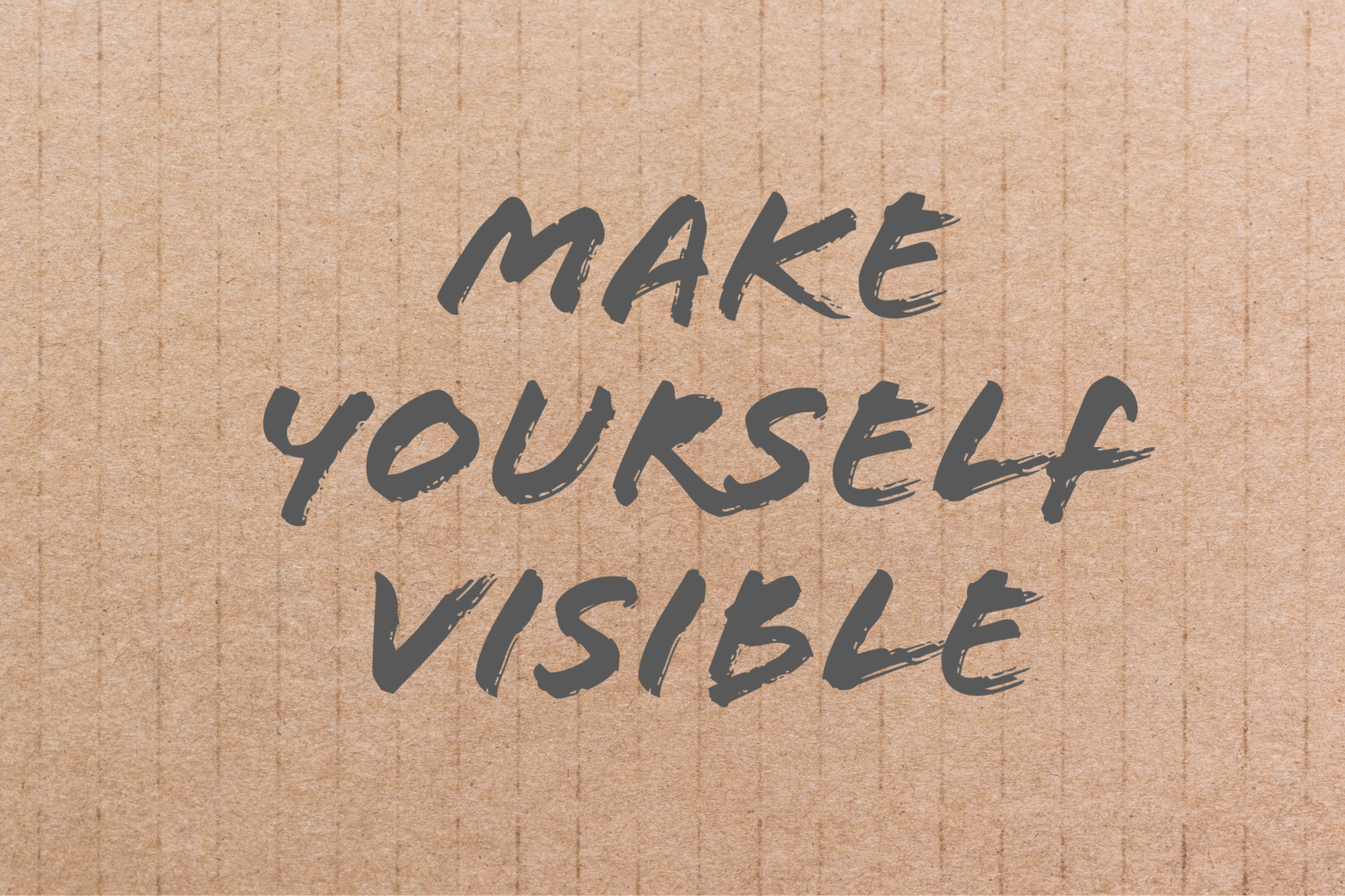
In a world that often judges a person’s abilities by what meets the eye, it’s crucial to shed light on a group of individuals who face daily battles that aren’t readily apparent: those with chronic illnesses. These invisible disabilities, though not immediately visible to the naked eye, wield an immense impact on the lives of millions. It’s imperative that we not only acknowledge and understand these conditions but also harness the knowledge, skills, and experiences of those living with them to raise awareness, promote social activity, and foster a sense of value within their communities. In this article, we delve into the significance of considering chronic conditions as disabilities, the potential for advocacy through shared experiences, and the transformative effects such a perspective can have on both individuals and society.
1. The Invisible Struggle: Chronic illnesses as Disabilities
To begin with, chronic conditions, often marked by their subtle yet enduring nature, encompass a wide range of health issues—ranging from autoimmune disorders to chronic pain and mental health challenges. While these conditions might not manifest externally, the internal struggles are undeniably real. The invisible nature of these disabilities, therefore, can lead to misconceptions, skepticism, and a lack of understanding from those who have not experienced them firsthand.
Accordingly, empathy plays a pivotal role in recognizing that what’s unseen can be as potent as what’s visible. Therefore, By viewing chronic conditions as invisible disabilities, we break down barriers and foster an environment of empathy and support, allowing individuals to navigate life’s challenges with a sense of validation and understanding.
2. The Power of Shared Knowledge and Experience
Those who live with chronic illnesses possess a unique insight that is invaluable in fostering awareness and understanding. Their first-hand knowledge, acquired through years of navigating the complexities of their conditions, equips them with a perspective that outsiders simply cannot comprehend. By harnessing this knowledge and sharing their experiences, individuals with chronic conditions can be at the forefront of advocacy, education, and change.
When these individuals step forward to share their stories, they bridge the gap between lived experience and societal understanding. This shared knowledge paves the way for meaningful conversations, erasing the stigma surrounding invisible disabilities and paving a path toward greater acceptance.
3. Empowerment Through Contribution: Turning Challenges into Assets
Society often perpetuates the notion that disability equates to limitations. However, the talents, skills, and expertise possessed by individuals with chronic conditions shatter this misconception. These individuals are not defined solely by their conditions; they are a repository of untapped potential that can bring about positive change.
When given the opportunity to contribute their expertise, individuals with chronic conditions can make meaningful contributions in various spheres. Whether it’s in the workplace, community organizations, or advocacy groups, their unique insights derived from battling their conditions provide fresh perspectives and innovative solutions.
4. From Isolation to Empowered Community
One of the most profound impacts of embracing chronic conditions as disabilities lies in the formation of a community that transcends physical boundaries. By uniting individuals who share similar challenges, a powerful support network emerges. It offers a space for mutual understanding, encouragement, and camaraderie.
As these communities grow stronger, they become epicenters of positive change. Through collective efforts, they raise awareness about the struggles of living with invisible disabilities. They debunk myths, and advocate for greater accessibility and inclusivity. By leveraging the strength of their shared experiences, they amplify their voices and cultivate a sense of belonging that combats the isolation often associated with chronic conditions.This post is sponsored by our partners Wigs
5. Enriching Society: Mutual Benefits of Understanding
The societal benefits of recognizing chronic conditions as disabilities extend beyond the confines of the individual experience. As public awareness grows, society as a whole gains a deeper understanding of the challenges faced by those with invisible disabilities. This newfound awareness breeds compassion, patience, and a commitment to inclusivity.
Additionally, the unique solutions that individuals with chronic conditions offer can spark innovation in various sectors. Their creativity, adaptability, and resilience in the face of adversity can drive progress. It creates a more accommodating world for everyone.
bottom line:
Embracing chronic conditions as invisible disabilities and harnessing the knowledge, skills, and experiences of those living with them is a paradigm shift. The one that can redefine society’s understanding of disability. By fostering empathy, acknowledging the struggles, and celebrating the contributions of these individuals, we pave the way for a more inclusive, compassionate, and innovative world. As we listen to their stories, we learn from their experiences. We amplify their voices, we not only empower those with chronic conditions but enrich society as a whole. The journey towards true understanding and acceptance begins with recognizing the unseen battles fought by these people. It continues by acknowledging that, we take a giant step towards a brighter, more inclusive future.









